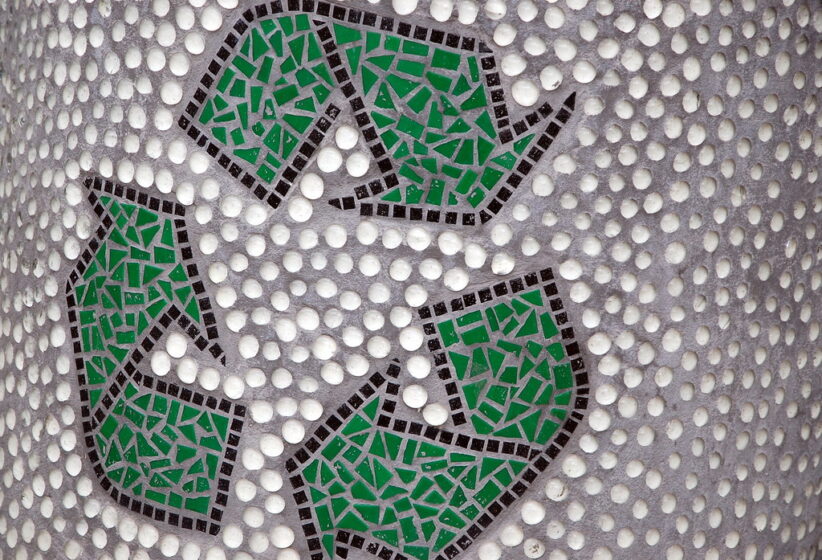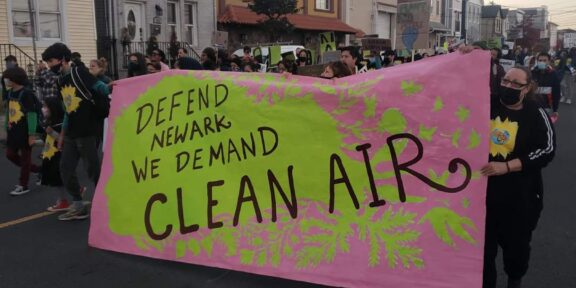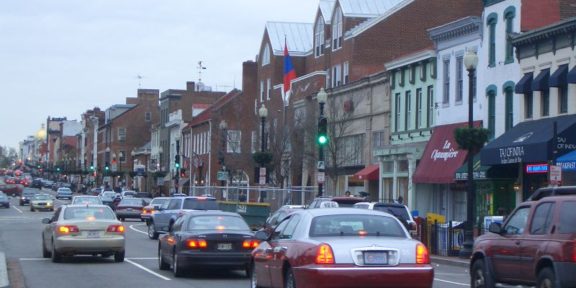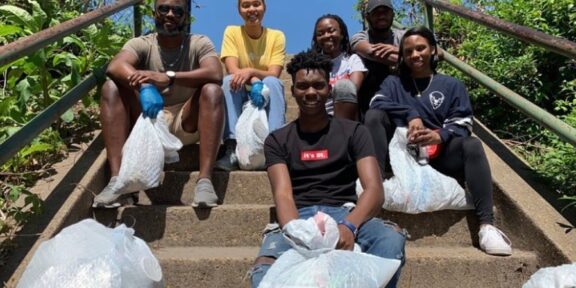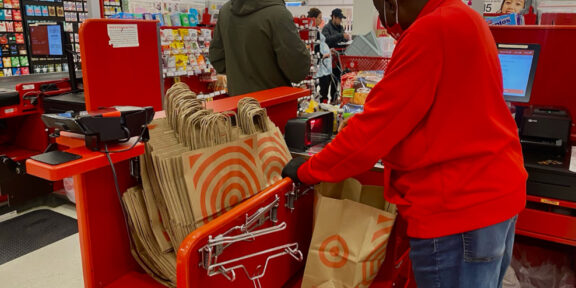By Fatou B. Drammeh
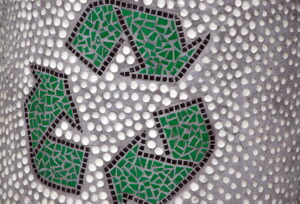
“Reduce, reuse, recycle”, a simple and catchy phrase that surfaced at the beginning of the environmental movement, reminds everyone of actionable steps that can make the planet a “greener” one. Beginning in the latter half of the 20th century, The United States has experienced a number of numerous waves of environmental consciousness throughout the years. However, the fact that Black communities long embodied these 3 Rs long before they became popularized in the 1970s is often overlooked. Sustainability, though it seems to be a recent buzzword in the current environmental era, is not a new concept to Black people throughout the diaspora.
Howard University environmental studies class of 2020 graduate Autumn McNeil had many “green” experiences growing up before environmentalism became a professional pursuit.
“In my household growing up, my mom always made sure to recycle water bottles and plastic bags,” McNeil said. “Old containers, we always found a use for them, or taking old water bottles and cutting them up because you need a piece of plastic, or reusing [shopping] bags as trash bags.”
Practices like these, amongst others, that are common in the Black community directly mirror the recommendations given on the EPA website.
One practice encouraged by the EPA is to “use the edible parts of food that you normally do not eat.” At the heart of the popular cuisine that we now know as “soul food” is a reality of “survival, creativity and improvisation,” as stated by culinary historian and author of The Cooking Gene, Michael Twitty.
During the Translatlantic slave trade, enslaved Africans were provided limited amounts of ingredients for food, which typically consisted of animal scraps after slaveowners took the most desirable cuts of meat. Barbecuing the other cuts of meat and also using the fat to make side dishes is a perfect example of reducing food waste.
The EPA also encourages people to “reuse or repurpose items to limit waste.” Many young African-Americans across class and ethnic lines can recall the experience of opening a container to find that the contents don’t match the packaging. It’s even commonplace to have a drawer or cabinet put aside solely to store old plastic bags. Though it can be disappointing to open a container of cookies to find an assortment of sewing materials stored inside, these experiences are representative of a sustainable culture.
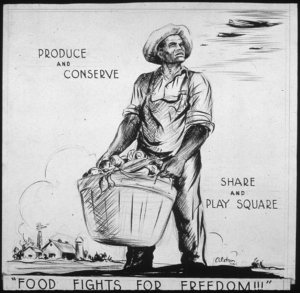
Despite long-held practices of Black people that are sustainable, they have been left out of the more recent conversations on the topic. There are many inherent parts of our heritage that are “green,” but the lack of representation leads to instances of environmental racism and injustice.
“Urban environmentalism is very important to me because it is something that can beautify [and] also heal in Black communities, especially in communities that are low income,” said McNeil.
According to a 2021 report from the EPA, African-Americans are “34% more likely to currently live in areas with the highest projected increases in childhood asthma diagnoses,” and “40% more likely to currently live in areas with the highest projected increases in extreme temperature related deaths.” Living conditions like these do not only impact health, but economic status.
“Tree cover lowers the temperature of areas in cities and that will help lower electric bills, so that helps low-income families,” McNeil shared. This displays the intersectionality of the sustainability movement.
Dr. Kristian Edwards is a former public health professor and entrepreneur, dedicated to supporting the healthy and sustainable lifestyles of Black women.
“Sustainability has four pillars: human, social, economic and environmental. It is not just environmental justice, as often thought,” Edwards stated.
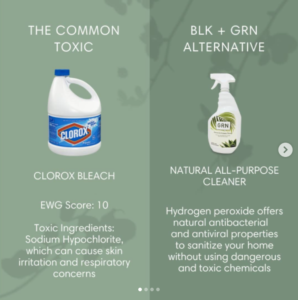
Edwards comes from a line of women in activism. The granddaughter of civil rights activist Johnnie M. Parris and the daughter of education advocate for underrepresented groups Dr. Nicole Henderson, Edwards has continued her familial legacy through the launch of her Black-owned and non-toxic marketplace BLK + GRN in 2018.
“My mission has and always will be to connect Black women to the tools, resources, knowledge, and products they need to lead happier and healthier lives. I believe that a life free of toxins and all things artificial is a life worth cultivating,” Edwards remarked.
McNeil shares a similar outlook on environmentalism and sustainability, which led her to creating the social media platform EnvironmentalBAE.
“I started “EBAE” because I wanted to test my hand at social media, and also to gain the skills of communicating science to everyday people in a way that is tangible, understandable, digestible and applicable to their lives,” McNeil explained.“Basically, making environmentalism more obtainable for people who think it’s too expensive or too much of a hassle.”
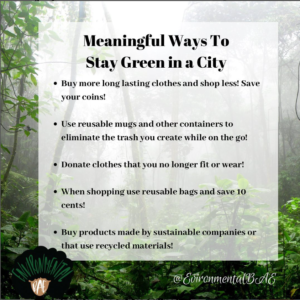
In addition to sharing sustainability methods that are accessible to young Black people, EnvironmentalBAE also aims to “spotlight and support a new age of influential young minority environmentalists,” as stated on its Instagram page.
“We need more people advocating for green spaces and creating infrastructure in [urban] areas.”

